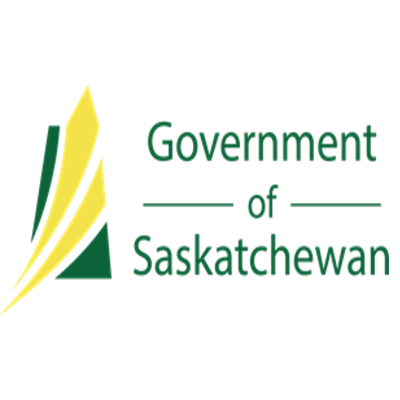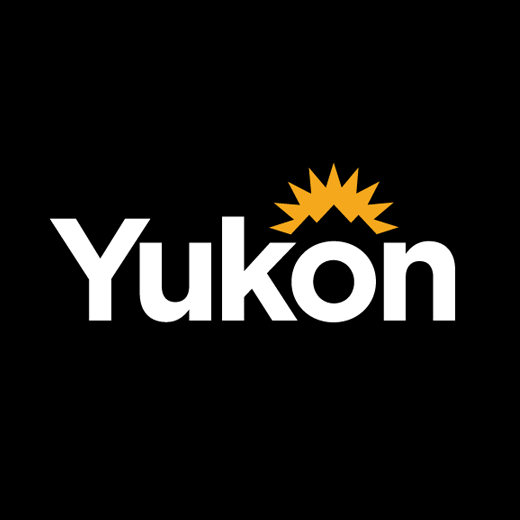infrastructure
Type of resources
Available actions
Topics
Keywords
Contact for the resource
Provided by
Years
Formats
Representation types
Update frequencies
status
Resolution
-
The Open Database of Buildings (ODB) is a collection of open data on buildings made available under the Open Government License - Canada. The ODB brings together 530 datasets originating from 107 government sources of open data. The database aims to enhance access to a harmonized collection of building features across Canada.
-

Web Map contains all layers of Saskatchewan Upgraded Road Network (SURN).
-

The Interactive Weight Classification map of the Province includes all weight classes in Saskatchewan assigned by the MoH in order to maximize the economic movement of goods and minimize the damage to road structure
-

Location of installations aimed at slowing traffic on the territory of the City of Repentigny.**This third party metadata element was translated using an automated translation tool (Amazon Translate).**
-

Last updated automated: 2025-12-15 21:33:25 JUNCTION_OFFICIAL, A point has been generated at the intersection of three or more road segments, Ferry connection, National/Provincial/Territory boundary and at the dead end of the road. JUNCTION_OFFICIAL contains all the road intersection points in the Saskatchewan. JUNCTION_OFFICIAL is an important part of the Saskatchewan road network dataset. Each point geometry "JUNCTION" has unique Identifiers (NID). "NID" National Identifier is used to manage the updates between data producer and data users.
-

JUNCTION_OFFICIAL is one of the important layers for Saskatchewan Upgraded Road Network (SURN) and National Road Network (NRN). The JUNCTION_OFFICIAL provides the information of road intersections to clients that require accurate, relatively up-to-date and detailed description of Saskatchewan Road Network. JUNCTION_OFFICIAL, A point has been generated at the intersection of three or more road segments, Ferry connection, National/Provincial/Territory boundary and at the dead end of the road. JUNCTION_OFFICIAL contains all the road intersection points in the Saskatchewan. JUNCTION_OFFICIAL is an important part of the Saskatchewan road network dataset. Each point geometry "JUNCTION" has unique Identifiers (NID). "NID" National Identifier is used to manage the updates between data producer and data users.
-

This data shows anthropogenic polygon disturbance features. Features were digitized using high resolution satellite imagery and orthophotos. The following data was not included in the dataset: proposed features. Table 1. A list of attributes, associated domains, and descriptions. Attribute Data Type Domains Description REF_ID Text (20) Unique feature reference ID DATABASE Text (20) Historic, Most Recent, Retired Sub-database to which the feature belongs TYPE_INDUSTRY Text (50) Table 2.3.2 Major classification of disturbance feature by industry TYPE_DISTURBANCE Text (50) Table 2.3.2 Sub classification of disturbance feature SCALE_CAPTURED Long Scale at which the feature was digitized DATA_SOURCE Text (10) Imagery, GPS, Other Data source: digitized from imagery, captured by GPS, or obtained by other means IMAGE_NAME Text (100) Filename of source imagery IMAGE_DATE Date Date that imagery was captured (YYYYMMDD) IMAGE_RESOLUTION Double Resolution of source imagery in meters IMAGE_SENSOR Text (35) Name of sensor that captured source imagery Table 2. A list of disturbance feature types and their descriptions. TYPE_INDUSTRY TYPE_DISTURBANCE DESCRIPTION Agriculture Agriculture Farms, ranches, or other agricultural areas Forestry Forestry Cut blocks or other forestry related activities Mining Building A building footprint or the building and the surrounding land related to mining activities. Drill Pad Drill pad features related to mineral exploration activities Fuel Cache Remote caches of fuel allowing for mineral exploration activities (will often have fuel tanks and barrels) Gravel Pit / Quarry Pit or quarry for mining gravel or aggregate Laydown area Areas used to store materials and equipment for mining operations Mining Miscellaneous or unknown mining activities Placer Mining - Minor Placer mining area with little disturbance Placer Mining - Significant Placer mining area with greater disturbance Quartz Mining - Minor Quartz mining area with little disturbance Quartz Mining - Significant Quartz mining area with greater disturbance Tailing Pond Tailing pond associated with mining activity Camp Mining camp Oil and Gas Well Pad Cleared area surrounding oil or gas well Rural Camp Any camp outside of mining areas, including fishing/hunting camps, ENV conservation officer cabins/camps, outfitters, etc. Homestead Rural dwelling and associated land Transportation Airstrip Airport or Airstrip Clearing Clearings that are related to transportation but could not be clearly attributed as a turn area, pullout, road cut and fill, etc. Gravel Pit / Quarry Gravel pits related to transportation Pullout / Turn Area An area associated with transportation and is intended as a vehicle pullout or turn area Road Cut and Fill Cut slopes and moved earth for road construction purposes Unknown Clearing A tract of land devoid (or nearly devoid) of natural land cover and suspected to be anthropogenic in nature Gravel Pit / Quarry A gravel pit with unknown related industry Unknown Unable to identify from imagery, but suspected to be anthropogenic Urban Building Visible building or structure Cemetery Cemetery Clearing Miscellaneous urban clearings Cul-de-sac / Turn Area A turn area associated with transportation or road cul-de-sac Dam Barrier impounding water or stream Golf Course Recreational golfing area Industrial Areas that are designated for industrial uses: factories, tank farm, transportation area Institutional Any institutional buildings and immediate cleared area: School, government, etc. Landfill Site used for disposal of waste materials Pond Standing body of water, created anthropogenically; includes sewage lagoons, wastewater facilities, and artificial bodies of water. Recreation Area Visible disturbance in Urban / Rural parks and recreation areas Rural Residential Land use in which housing predominates in an urban or community setting Tower A tall structure, possibly used for communications or forestry Urban Miscellaneous or unknown urban features Distributed from [GeoYukon](https://yukon.ca/en/statistics-and-data/mapping/explore-map-data-using-geoyukon) by the [Government of Yukon](https://yukon.ca/) . Discover more digital map data and interactive maps from Yukon's digital [map](https://yukon.ca:443/en/maps) data collection. For more information: [geomatics.help@yukon.ca](mailto:geomatics.help@yukon.ca)
-

Roadside barriers are physical obstructions to retain vehicles that have left the travelling lane on the road. In the Yukon, the most common barriers are W-beam (also known as guiderail) and concrete roadside barrier (CRB, also known as jersey barrier). Distributed from [GeoYukon](https://yukon.ca/geoyukon) by the [Government of Yukon](https://yukon.ca/maps) . Discover more digital map data and interactive maps from Yukon's digital map data collection. For more information: [geomatics.help@yukon.ca](mailto:geomatics.help@yukon.ca)
-

The purpose of this dataset is to provide structural culvert locations along highways . The definition of a Structural Culvert is a culvert with span of 2 metres or greater. Drainage culverts have a diameter less than 2 metres and are not included in this dataset. Distributed from [GeoYukon](https://yukon.ca/geoyukon) by the [Government of Yukon](https://yukon.ca/maps) . Discover more digital map data and interactive maps from Yukon's digital map data collection. For more information: [geomatics.help@yukon.ca](mailto:geomatics.help@yukon.ca)
-

Transport Features is composed of, among others, the National Road Network (NRN) and the National Railway Network (NRWN). Transport Features entities are: Nautical Facility, Track Segment, Track Junction, Railway Station, Track Crossing, Track Marker Post, Track Structure, Rail Ferry, Road Segment, Road Ferry, Road Junction, Blocked Passage, Toll Point, Aerial Cableway, Footbridge, Trail, Navigational Aid, Marina, and Runway. CanVec is a digital cartographic reference product of Natural Resources Canada (NRCan). It originates from the best available data sources covering Canadian territory, offers quality topographical information in vector format and complies with international geomatics standards. CanVec is a multi-source product coming mainly from the National Topographic Data Base (NTDB), the Mapping the North process conducted by the Canada Center for Mapping and Earth Observation (CCMEO), the Atlas of Canada data, the GeoBase initiative and the data update using satellite imagery coverage (e.g. Landsat 7, Spot, Radarsat, etc.). Distributed from [GeoYukon](https://yukon.ca/geoyukon) by the [Government of Yukon](https://yukon.ca/maps) . Discover more digital map data and interactive maps from Yukon's digital map data collection. For more information: [geomatics.help@yukon.ca](mailto:geomatics.help@yukon.ca)
 Arctic SDI catalogue
Arctic SDI catalogue